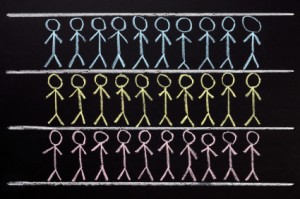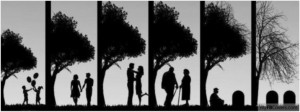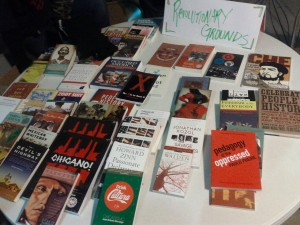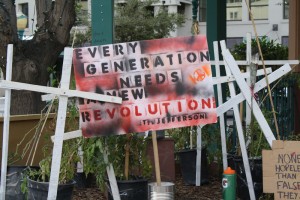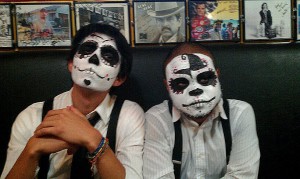What’s in a name?
|
EL PASO – I used to work with an epidemiologist who collected phone books from all over the world. Dr. Buechley was a name fanatic. He used what he knew about the history and linguistics of surnames and his vast collection of phone books to write a computer program he called GUESS (Generally Useful Ethnic Search System). The question is why would an epidemiologist do that? Epidemiologists don’t study skin conditions (that’s epidermis and dermatologists).

